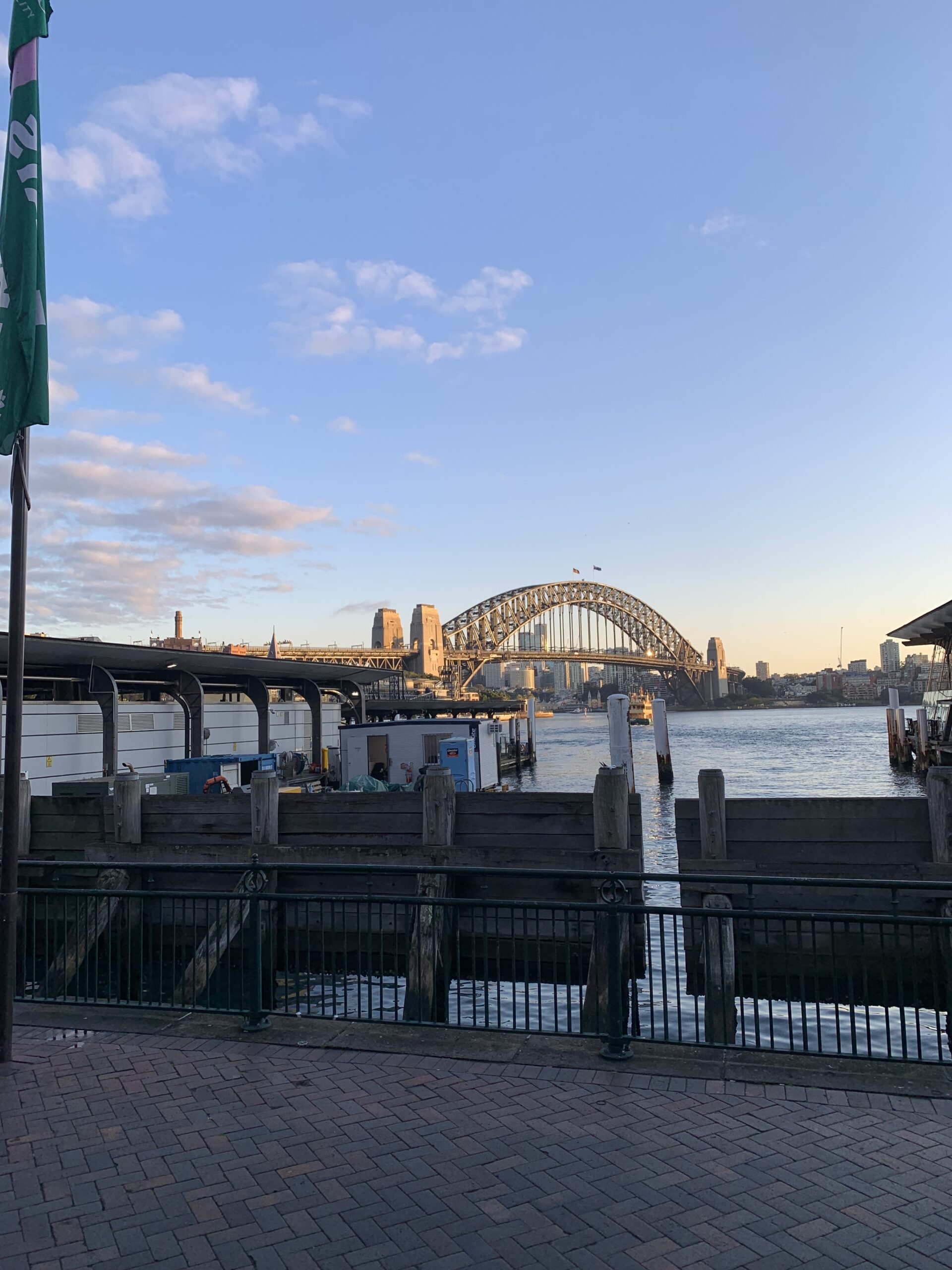
Concrete Remediation on the Southern Promenade at Circular Quay
Introduction
Concrete structures, especially those in high-traffic areas, are subject to deterioration due to environmental factors and heavy usage. This case study focuses on a collaboration between Metrocorp and Polaris.
Our partnership aimed to repair deteriorating concrete structures along the Southern Promenade at Circular Quay, an essential pedestrian thoroughfare connecting Circular Quay train station to ferry wharves.
By employing advanced techniques and methods, we worked to extend the lifespan of the concrete structures, ensuring safety and accessibility for the thousands of pedestrians who use the promenade daily.
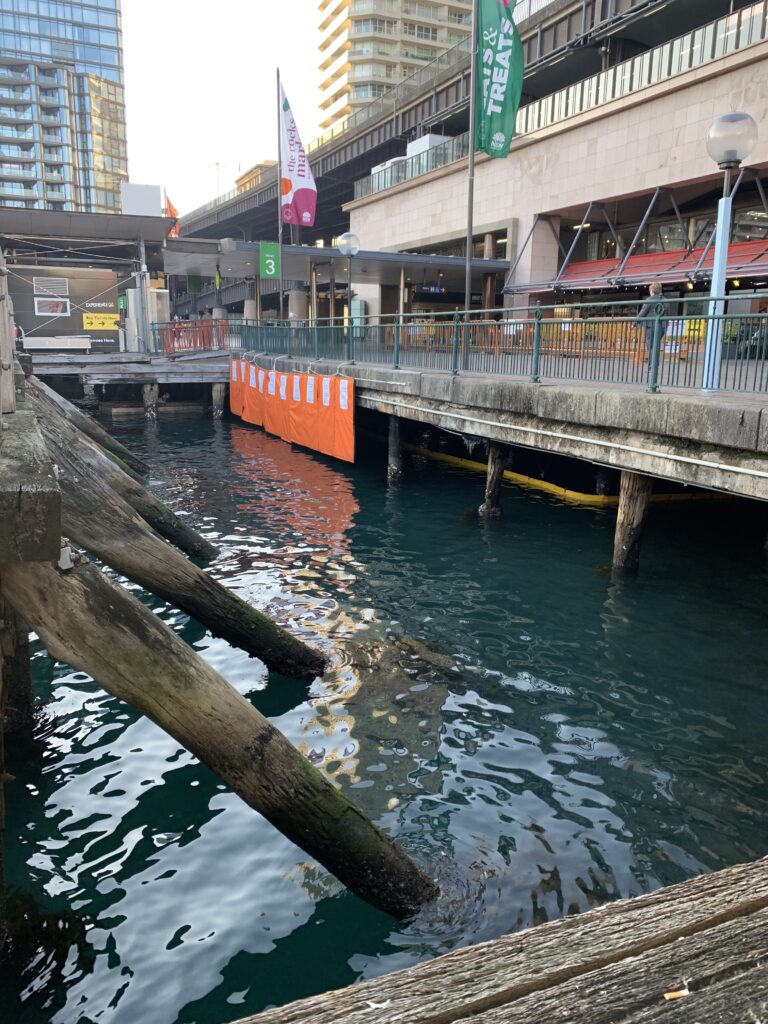
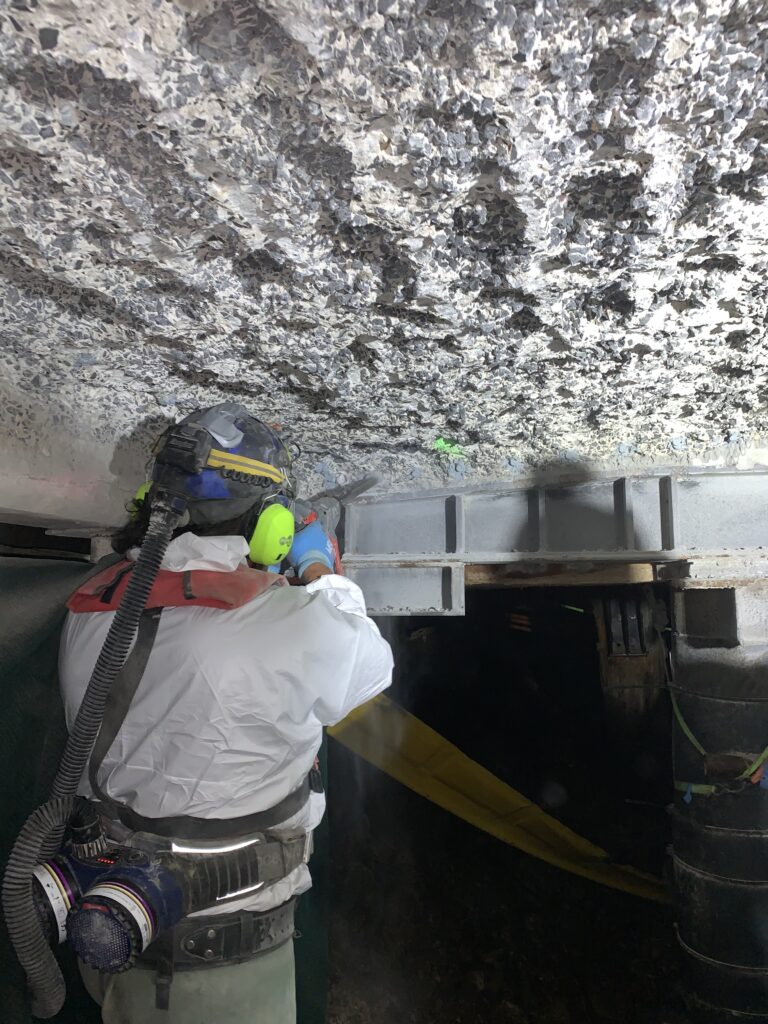
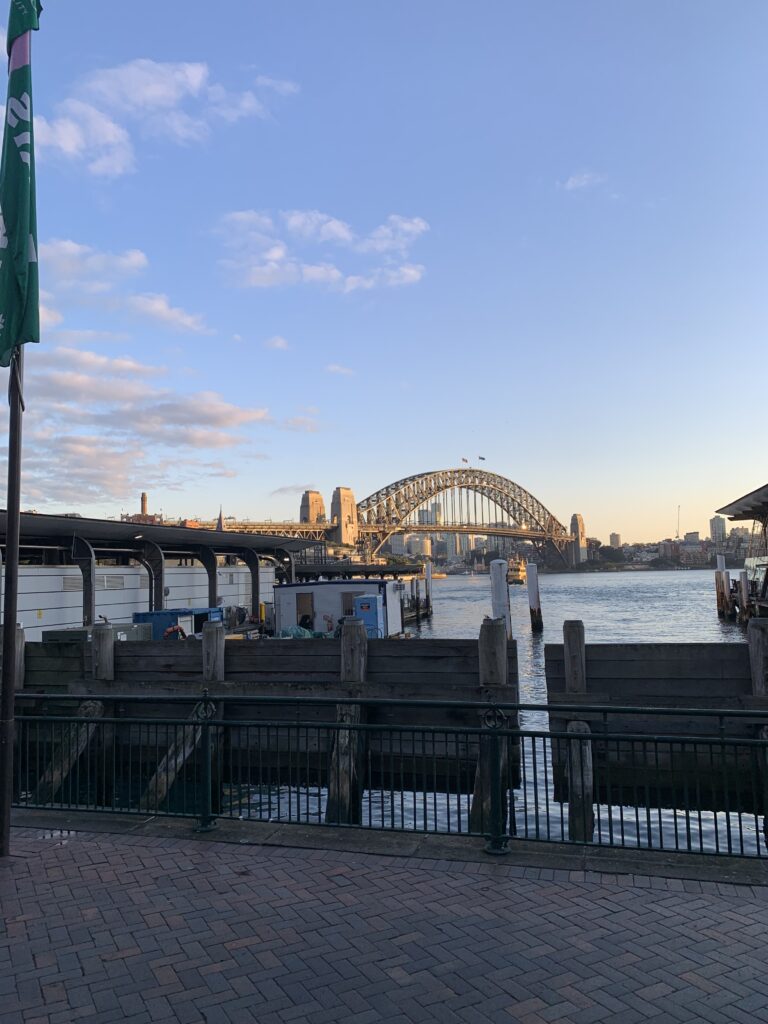
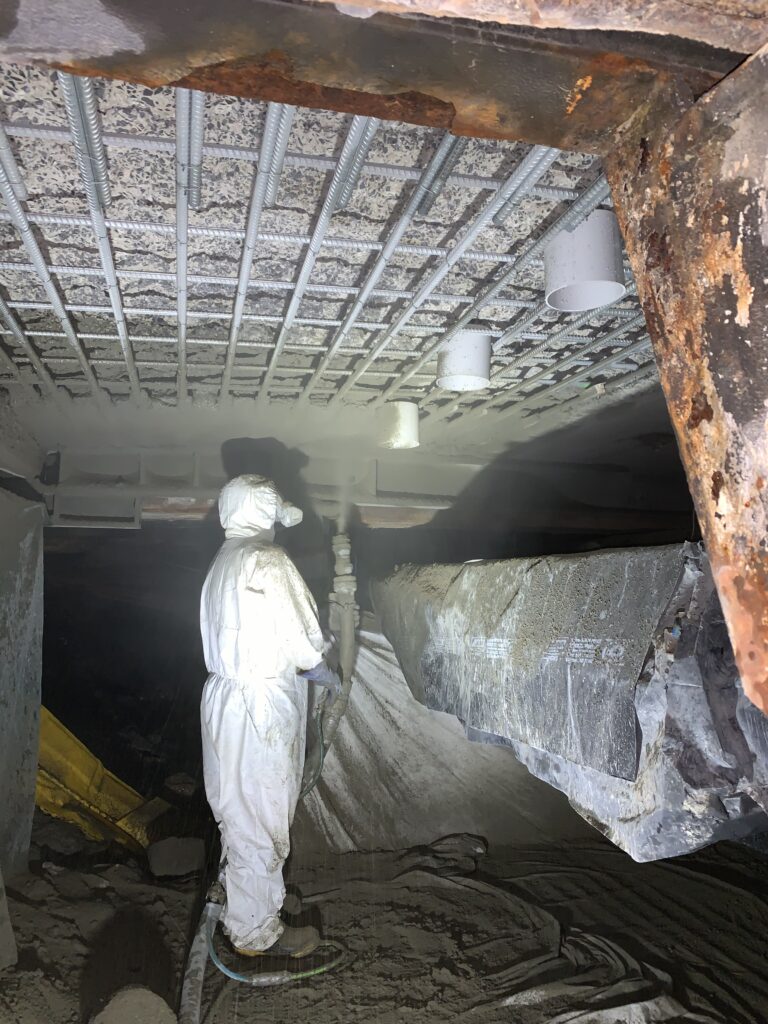
The Challenge
The primary objective of the project was to repair the concrete structures that had deteriorated over time due to exposure to tidal conditions and heavy foot traffic.
The Southern Promenade required targeted remediation efforts across two packages of works. We remediated a total of 8 bays with hydro demolition & shotcrete techniques. Another two back bays of precast panels were demolished, and new slabs were constructed.
Additionally, two bays required the full demolition of existing slabs and the construction of new suspended slabs. The deterioration of these structures posed not only safety risks but also required immediate action to maintain pedestrian access and protect the integrity of the promenade.
Several challenges emerged during the project, complicating the repair efforts:
- Site Access: The Southern Promenade’s location meant that access to the site was limited to boats or scows. This constraint made transporting materials and equipment to the site more challenging and time-consuming.
- Tidal Flows: The site was affected by tidal changes, which required careful planning to ensure that work could be completed safely and efficiently during low tide, when the site was most accessible.
- Environmental Factors: Working in a public area necessitated stringent environmental protections to minimise disruption to pedestrians and the surrounding environment.
Community Engagement: As a heavily trafficked area, the project required careful coordination to minimise inconvenience to the community, ensuring that pedestrian access was maintained throughout the repair process.
The Solution
To address the various challenges and fulfill the project objectives, the remediation teams implemented a series of comprehensive solutions.
Prior to the works commencing the structures required temporary support, the de-loading of the promenade, to allow the works to be conducted safely and the surrounding area to remain in use.
The first step involved surface preparation and hydro demolition of the deteriorating concrete. This process included using hydro demolition techniques to carefully remove damaged concrete while minimising impact on the surrounding areas. In addition, steel reinforcement repair was undertaken for bars that no longer met specifications. This involved installing new bars and supplementing existing ones with welded sections to maintain structural integrity.
The next phase focused on preparing the steel using either needle guns or sandblasting, followed by the application of an-epoxy resin based, zinc-rich primer. Two coats were applied to ensure long-lasting protection against corrosion. Additionally, the team supplied and installed anodes to further enhance the corrosion resistance of the structures.
Site-batched shotcrete was then utilised to repair designated areas, and a curing compound was applied to ensure optimal hydration and strength development of the new concrete. The team maintained stringent quality standards by providing an Inspection and Test Plan (ITP) and associated documentation to meet project specifications, along with quality documentation for project closeout.
In the form and pour stage, the team removed existing pavers and sand-cement bases before demolishing and removing the existing precast concrete panels. They undertook repairs on capping beams and completed steel beam repairs and replacements, which included applying protective coatings. After installing the necessary formwork and steel reinforcement, the team poured concrete to complete the remediation work.
Throughout the project, both companies worked closely to ensure that the remediation efforts met the highest safety and quality standards while also addressing community needs and environmental protection requirements.
The Outcome
The collaborative effort yielded significant outcomes:
- Successful Repairs: The concrete structures along the Southern Promenade were effectively repaired, ensuring that they could withstand the wear and tear from pedestrian traffic and tidal conditions for years to come.
- Enhanced Longevity: The innovative techniques and materials used in the repair processes significantly extended the lifespan of the concrete structures, providing a robust solution to the deterioration issues.
- Improved Community Relations: By actively engaging with the community and maintaining pedestrian access during the project, both companies fostered positive relationships with local stakeholders. This engagement minimised disruption and ensured that residents and visitors felt considered throughout the repair process.
- Environmental Protection: The teams adhered to environmental best practices, ensuring that the repair work was conducted with minimal impact on the surrounding area, thus preserving the integrity of Circular Quay as a public space.
Documentation and Quality Assurance: The provision of comprehensive quality documentation ensured that all work met industry standards and provided a clear record for future maintenance considerations.
Conclusion
The partnership between Metrocorp and Polaris exemplifies the power of collaboration in addressing complex infrastructure challenges.
By leveraging innovative techniques and a commitment to safety and quality, the teams successfully repaired critical concrete structures along the Southern Promenade at Circular Quay.
This case study highlights the importance of proactive maintenance in extending the longevity of public infrastructure, ultimately contributing to the safety and satisfaction of the community.
As urban infrastructure continues to face challenges from environmental factors and increased usage, partnerships like these will be essential in ensuring the reliability and resilience of our public spaces.